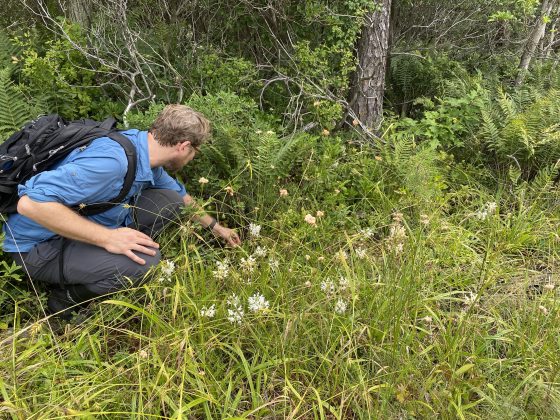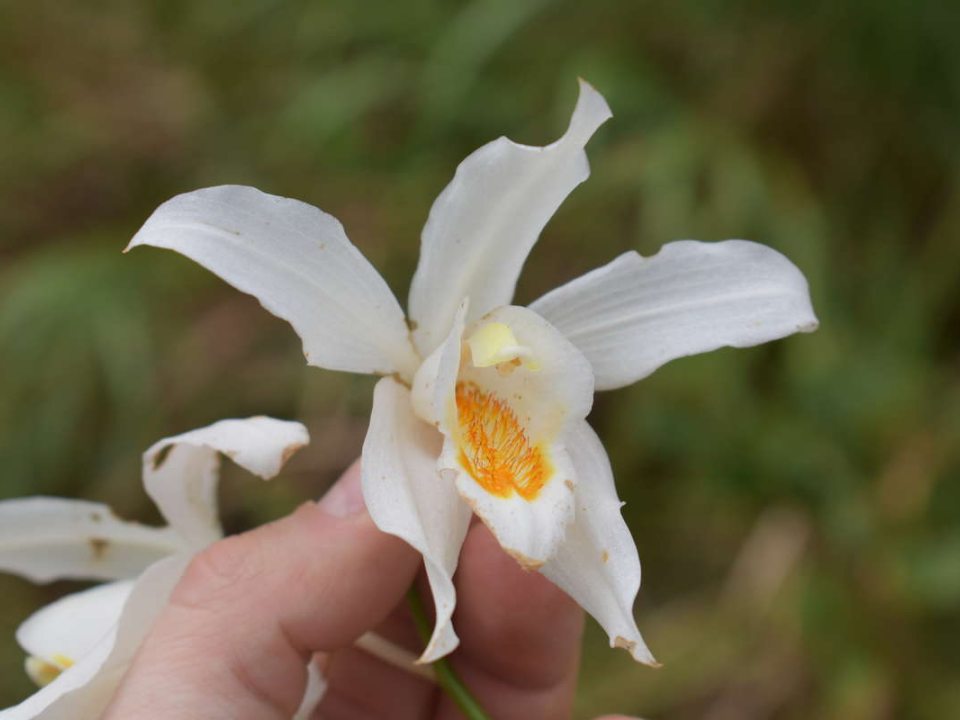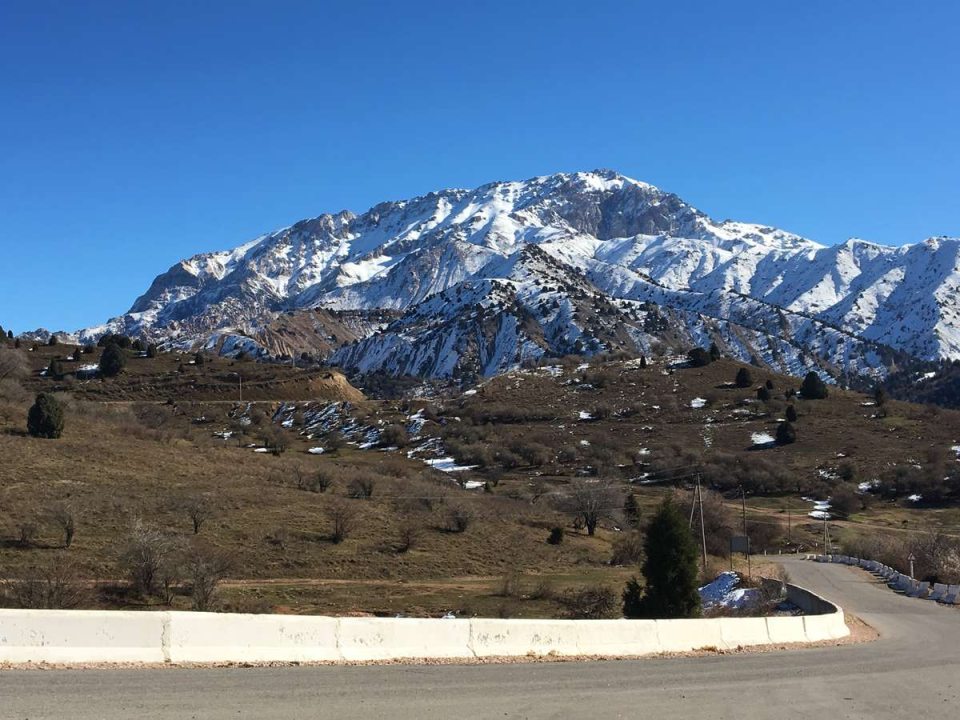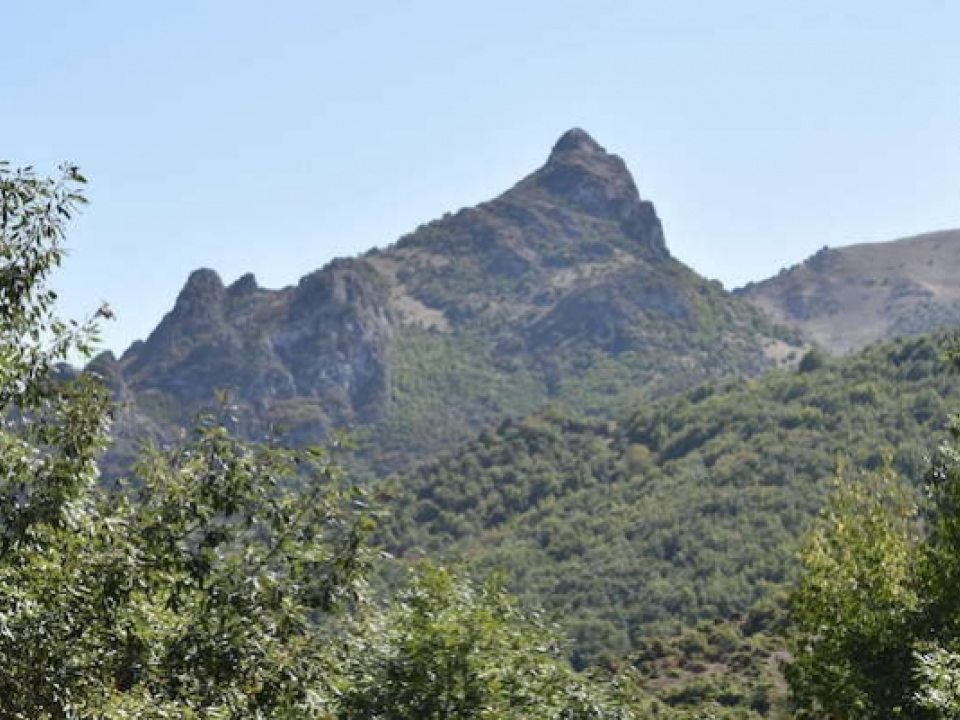The tradition of plant exploration and introduction at Longwood extends back to 1798 when brothers Samuel and Joshua Peirce, the fourth-generation descendants of the Peirce family to own this land, started an arboretum on this land that is known today as Peirce’s Woods.
By 1830 that arboretum was home to one of the finest collection of woody plants in the US with trees gathered by a number of the earliest botanical explorers of America including John and William Bartram, Humphry and Moses Marshall, and Andre Michaux. In 1906 when the arboretum was slated to be sold and the trees cut for lumber, Longwood Founder Pierre S. du Pont purchased the property and lumber contracts in an act of conservation.

In 1956 our plant exploration work reignited under the guidance of Longwood’s first Director Dr. Russell Seibert who commissioned a program to help further broaden the diversity of Longwood’s collections. Since then, our plant exploration program has included trips to more than 50 countries around the world and counting. Our work has evolved from traditional plant-finding expeditions to targeting specific plants, to advocating for conservation of plant resources in the countries explored.
These trips, often undertaken with partners representing an international community of scientists, conservationists, and philanthropists, working together in the spirit of the Convention on Biological Diversity, have grown our living collections by thousands of taxa, enriching not only our Gardens but the larger public garden and commercial horticultural community.
Together, through our shared work and impactful results, we are elevating the importance of conservation horticulture and reaffirming the critical role that plants play in the wellbeing of all living things.
Plant Exploration Spotlight: Tanzania
At Longwood Gardens, our Conservation Horticulture scientists are advancing both local and global orchid conservation. Collaborating with local experts, we’re addressing the challenges of conserving endangered terrestrial orchids in Tanzania, a country rich in biodiversity but facing threats from habitat loss and poaching for food. Focused on key species like Disa robusta and Satyrium monadenum, we’ve partnered with local institutions to conduct fieldwork in the Southern Highlands and Kitulo National Park. Our current efforts included documenting local orchid diversity, collecting herbarium specimens and seeds, and initiating research on learning how to grow these orchids. We have the end goal of supporting both orchid conservation and providing methods on how to successfully grow these orchids to promote sustainable agriculture and ultimately reduce poaching.




